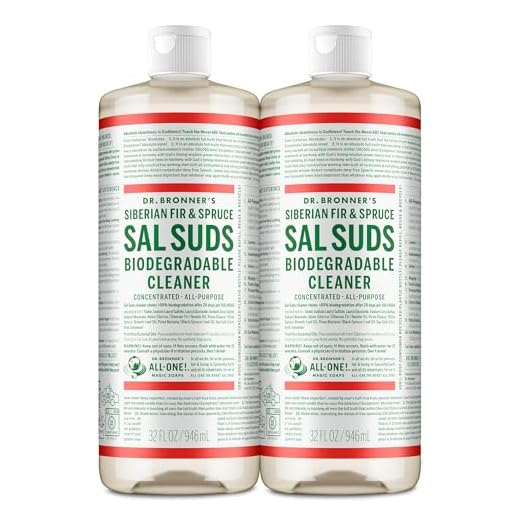



For optimal performance, always select a biodegradable cleaner that is specifically formulated for high-pressure applications. This ensures effective removal of dirt while being gentle on the environment. Look for products that highlight compatibility with your apparatus; they often indicate safe usage without risking damage to internal components.
Personally, I’ve had great results with concentrated solutions that dissolve stubborn grime rapidly. These often come in liquid form and can be diluted according to the manufacturer’s instructions, enhancing both efficiency and savings. Products containing surfactants will help the cleaner cling to surfaces, providing a deeper clean.
Avoid using dish soaps or household cleaners, as they can harm the internals and lead to costly repairs. Instead, opt for specially designed formulations aimed at tackling specific tasks, whether it’s for vehicles, decks, or patios. This targeted approach delivers better results and prolongs the life of your equipment.
Recommended Detergents for High-Pressure Cleaning Equipment
Choose formulations specifically designed for high-velocity units. These include biodegradable options that safely remove dirt, grease, and stains without harming surfaces or the environment.
Types of Detergents
- Car Wash Solutions: Look for pH-balanced, non-corrosive options that prevent damage to paintwork.
- Deck and Patio Cleaners: Select products that remove mould and mildew, ensuring they’re suitable for wood and composite surfaces.
- Industrial Cleaners: Use heavy-duty mixtures for concrete and metal surfaces, formulated to tackle tough grime.
- Eco-Friendly Cleaners: Opt for environmentally safe detergents that still deliver excellent cleaning results.
Application Tips
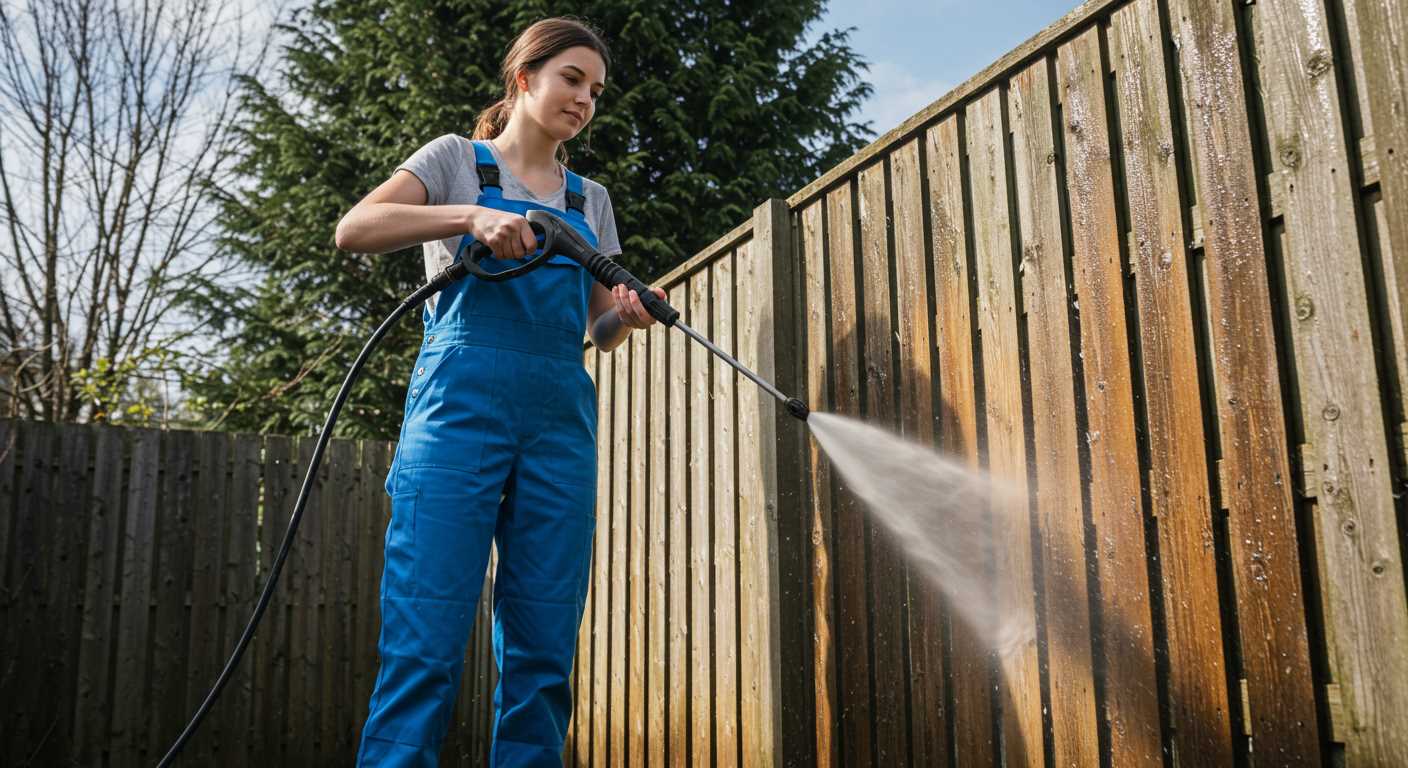
- Always adhere to manufacturer instructions regarding dilution rates and application methods.
- Test on a small, inconspicuous area to ensure compatibility with the surface before full application.
- Use proper protective gear, such as gloves and eyewear, when handling any cleaning agents.
Regular maintenance is best achieved with the right choice of cleaning agents. Careful consideration of the surface being cleaned and the specific requirements of your equipment will lead to optimal results.
Understanding Pressure Washer Soap Types
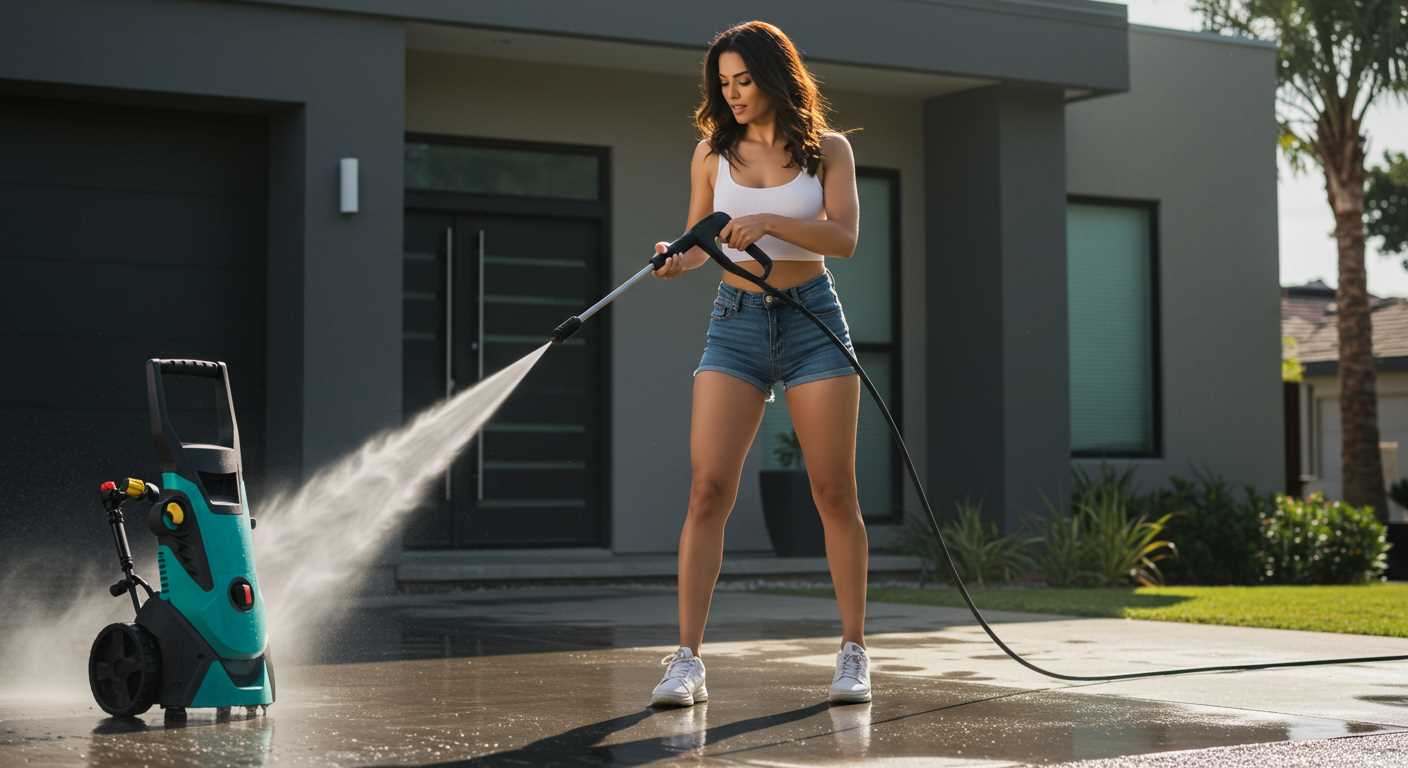
The effectiveness of a cleaner hinges on its formulation. For optimal results, select specialized mixtures designed for specific surfaces and grime types. For instance, exterior siding often benefits from a gentle concentrate that tackles mildew and dirt without damage. Conversely, oily residues on driveways require a heavy-duty degreaser that penetrates stubborn stains.
Cleansing formulations based on organic compounds are becoming more popular, offering an environmentally friendly option without compromising performance. These blends are effective on various surfaces, including wood, brick, and stone, and usually degrade faster than their chemical counterparts, making them a sound choice for eco-conscious users.
Concentrated formulas yield more cleaning power while using less water. They generally come in specific dilution ratios, allowing adjustment based on the severity of the contamination. Always consult the manufacturer’s guidelines when preparing these mixtures; incorrect ratios can reduce cleaning efficiency or even damage surfaces.
For tough jobs like graffiti removal or oil stains, look for aggressive agents labelled specifically for these challenges. These products contain potent ingredients that can dissolve tough materials, but they may require careful application and pre-test areas to ensure compatibility with the surface being treated.
When working with any cleaning agent, follow safety precautions. Use protective gear such as gloves and eyewear, particularly when handling concentrated solutions. Always rinse thoroughly after application to ensure no residue is left behind.
In summary, the choice of cleaning agent plays a crucial role in the whole operation’s success. Select wisely based on the surface type and the nature of the grime for results that meet, and often exceed, expectations.
Choosing the Right Solution for Specific Surfaces
.jpg)
For optimal cleaning results, matching the formula to the surface is crucial. Here’s a breakdown:
Concrete and Driveways
- Opt for heavy-duty alkaline cleaners. These effectively cut through oil, grease, and stains.
- Choose products labelled for concrete surfaces. They often contain additives that enhance penetration and lifting of dirt.
Decking and Wood Surfaces
- Utilise a biodegradable solution specifically designed for wood. These are gentle yet effective, preserving the wood’s integrity.
- Avoid harsh chemicals. Look for pH-balanced options that prevent discolouration and damage.
Vehicles

- Use a pH-neutral product to protect paintwork and finishes.
- Seek out formulations that include wax or sealants to enhance shine and protection.
Fencing and Outdoor Furniture
- Choose a mild, eco-friendly cleaner that’s safe for various materials like plastic, metal, or treated wood.
- Ensure the solution can lift mildew and algae without causing surface damage.
Review product labels carefully, ensuring compatibility with the intended surface. Correct selection dramatically improves cleaning efficiency and prevents potential damage.
How to Properly Dilute Soap for Use
Start with a clean, empty container for mixing. Measure the concentrated cleaning agent according to the manufacturer’s instructions, typically recommended at a ratio of 1:10 to 1:20. For example, if using one part cleaner, mix it with 10 to 20 parts water. This depends on the severity of the dirt and grime you’re tackling.
Always add the concentrated liquid to the water, not the other way around. This prevents splashes and ensures a more uniform mixture. Use lukewarm water when diluting, as it helps the solution dissolve better.
After thoroughly mixing, transfer the diluted solution into the designated reservoir of your device, ensuring not to overfill. If your equipment has a separate attachment for cleaning agents, pour the mixture directly into that area.
For optimal results, test the solution on a small, inconspicuous area of the surface before full application. Adjust the concentration if necessary based on performance. If the mix is too strong, it may cause damage; if too weak, it won’t effectively clean. Finding the right balance is key.
Lastly, store any remaining diluted mixture in a sealed container away from sunlight and extreme temperatures, noticing that it may have a limited shelf life. Always consult the product guidelines for specific dilution recommendations tailored to your model and surface types.
Identifying Biodegradable Cleaning Solutions
Focus on products that contain natural ingredients such as plant-based surfactants and essential oils. Look for manufacturers that specify their formulations as biodegradable on the label, ensuring they break down naturally in the environment. Common biodegradable options include those derived from coconut or palm oil, which effectively clean without harming aquatic life.
Check for certifications like the EU Ecolabel or Green Seal, as these verify environmentally-friendly compositions. Brands like Simple Green and Seventh Generation offer biodegradable alternatives that maintain cleaning efficacy while minimising ecological impact.
In addition to checking labels, consider concentrating on solutions specifically designed for outdoor use. These typically handle tougher stains while remaining gentle on ecosystems. Always follow dilution instructions to ensure both performance and sustainability, especially in garden or waterway-friendly settings.
Compatibility of Cleaning Agents with Different Pressure Washer Brands
Specific brands have distinct requirements for cleaning agents, impacting effectiveness and appliance longevity. Always refer to the user manual for compatibility, as using the wrong formula may void warranties.
Brand Compatibility Overview
| Brand | Recommended Types | Notes |
|---|---|---|
| Karcher | Alkaline and Neutral | Avoid products with high acidity; use only Karcher-approved agents for optimal performance. |
| Nilfisk | Biodegradable Options | Use eco-friendly solutions to maintain efficiency and avoid damage to internal components. |
| RYOBI | General Purpose Cleaners | Inspect agent packaging for specific alkaline requirements to ensure safe use. |
| Simpson | Commercial Grade Cleaners | Prioritise thick formulas for heavy-duty cleaning; always pre-test on a small surface. |
| Generac | Non-Corrosive Solutions | Choose products formulated to prevent rust; particularly important for extended use. |
Choosing the Right Agent
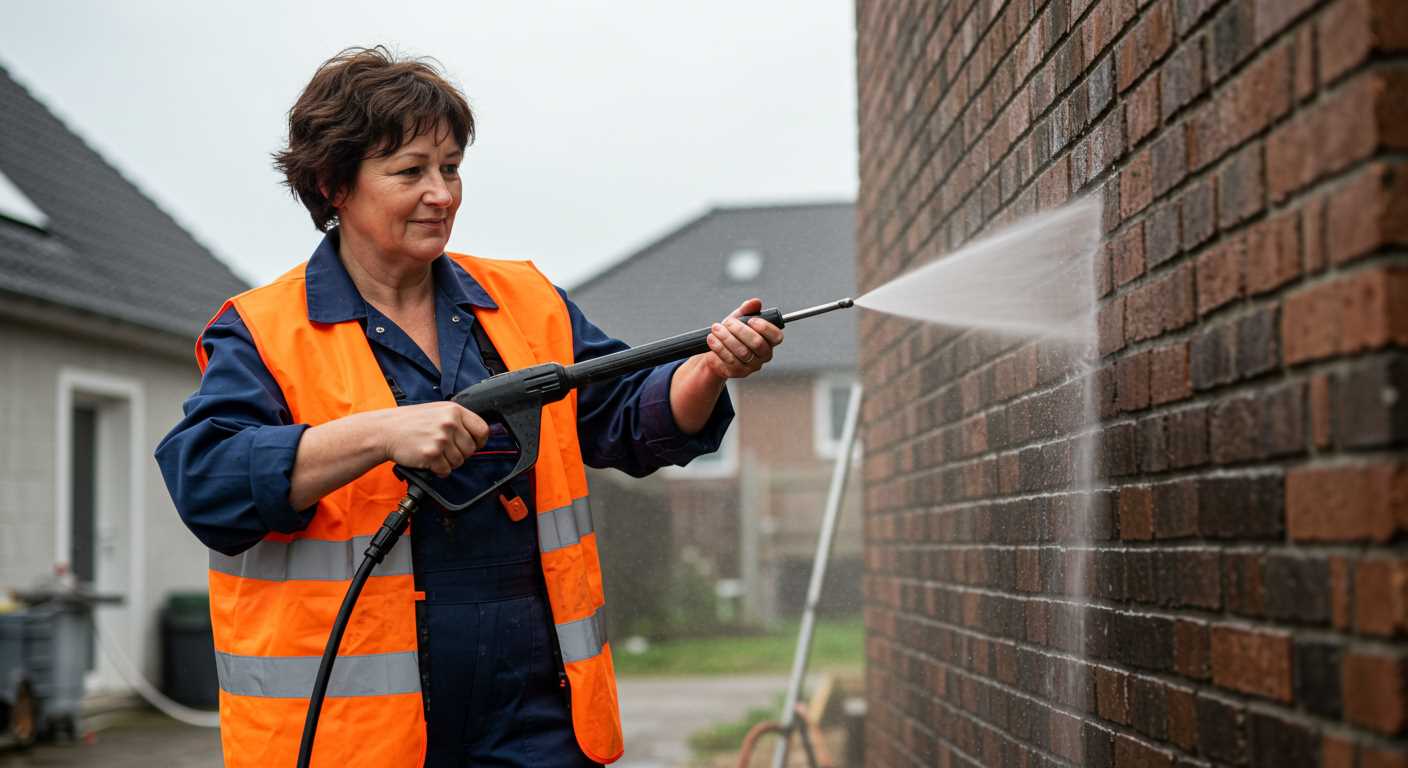
It’s critical to select cleaning solutions that match the model’s performance capabilities. Some units can handle heavy-duty substances, while others require milder options. Testing on a small, inconspicuous area is advisable to assess reactions with the surface being cleaned.
How to Avoid Clogging Issues
To prevent blockages while using a cleaning machine, always opt for low-foam formulations. Excessive foam can accumulate and obstruct the system. Ensure you regularly clean the filter to eliminate built-up residues that may cause clogs.
Use an appropriate dilution ratio as per the manufacturer’s guidelines. Over-concentration can lead to residue settling within the hoses and nozzles, increasing the risk of obstruction. Prepare your mixture in a separate container before adding it to the machine, allowing for thorough integration.
Regular Maintenance Checks
Conduct frequent inspections of all components. Check hoses for kinks and blockages. Ensure your spraying tip is clear and functioning properly. After each usage, flush the system with clean water to remove any lingering remnants, reducing the likelihood of future clogging.
Storage Practices
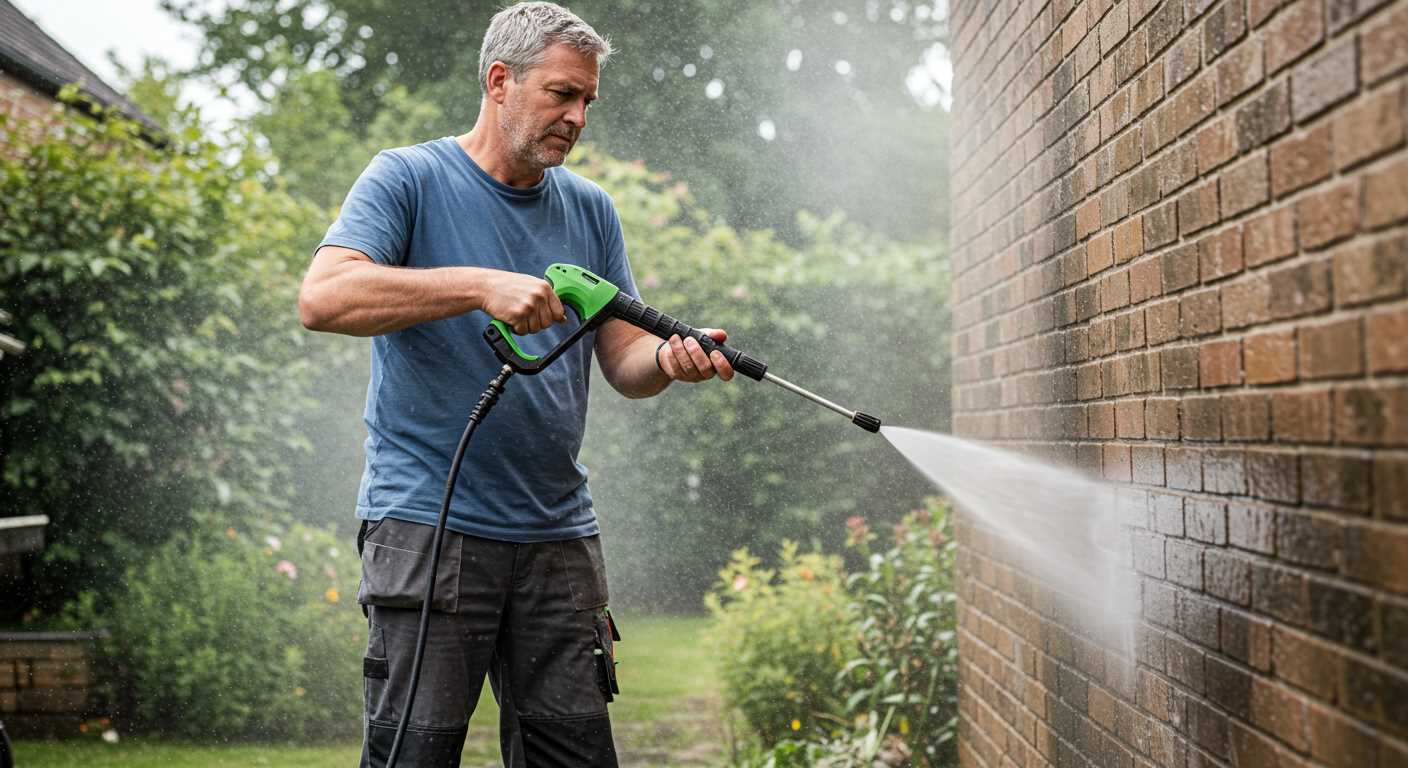
Store your cleaning apparatus in a cool, dry place away from direct sunlight. High temperatures can decompose leftover residues, making them more likely to solidify and cause issues. Make it a habit to drain the system after each use to avoid any buildup during idle periods.
Best Practices for Soap Application Techniques
Apply detergent through a low-pressure nozzle to ensure even coverage and prevent foam from being blown away. Work in sections, allowing the cleaner to penetrate dirt and stains for optimal results.
Timing is Key
Leave the cleaning solution on surfaces for 5 to 10 minutes, ensuring it doesn’t dry out. Reapply if needed, but always rinse thoroughly. A quick rinse after application prevents residue build-up and streaks.
Using a Foam Cannon
If using a foam cannon, adjust the nozzle to achieve a consistent, thick foam. This method enhances contact time, leading to better cleaning efficacy. Make sure to read the manufacturer’s guidelines for dilution ratios and compatibility.



